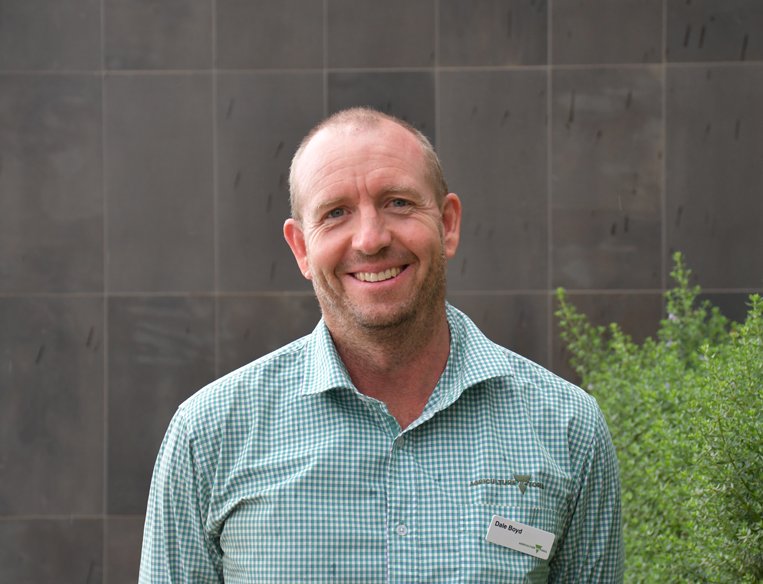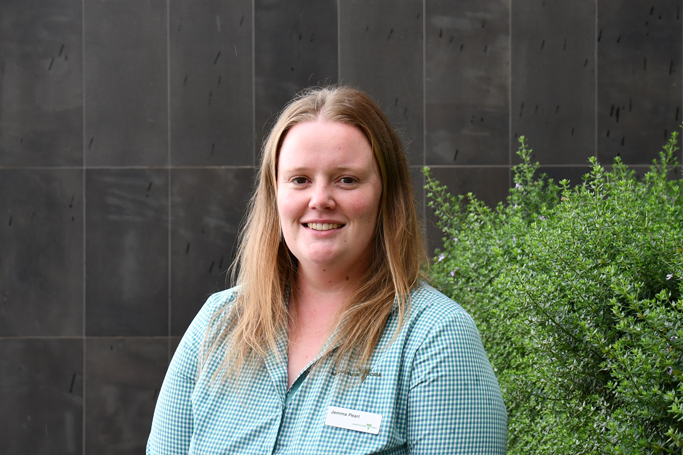In January 2020 Agriculture Victoria surveyed participants in the Soil Moisture Monitoring cropping network. This survey explored what subscribers had gained from the network and how they used the information for decision making.
Agriculture Victoria established a network of soil moisture probes in 2011 to pilot the use of probe technology to monitor deep soil moisture in a dry land broadacre cropping scenarios. Upon the success of this initial trial, the network has also recently expanded to include probe pilots in pasture systems.
Information and analysis of data from the soil moisture probe network is generated monthly during the growing season formatted into a regular newsletter. Agriculture Victoria Seasonal Risk Agronomist, Dale Boyd, has been producing these newsletters for more than six years.
There were 777 subscribers to the cropping soil moisture monitoring newsletter and 129 responded to the survey conducted in January 2020, with the following data summarising the results.
Over the lifetime of the cropping soil moisture monitoring newsletter we have seen an increase in the number of subscribers who describe themselves as other. They can be typically categorised as government, research, marketing/trading and Agtech.
The target audiences of primary producers and advisors still make up the large proportion of subscribers.

A gradual increase in subscribers has seen the newsletter increase from the starting base in 2011 to 777 subscribers in 2020, with 80 per cent saying that they read at least every one in two newsletters.

When it came to soil moisture information being relevant and helpful to producers, 90 per cent agreed that the cropping soil moisture monitoring newsletter improved their knowledge and understanding of deep stored soil moisture. With 86 per cent agreeing that the cropping soil moisture monitoring newsletter improved their ability to make decisions to manage seasonal risk.

Survey responders have been consistent from 2014 to 2020 on what times of the year they believe soil moisture information is important to their decisions making, spring ranks number one followed by autumn, winter and summer.

When it comes to the type of decisions producers use soil moisture information for, respondents highlighted five key areas, with nitrogen timing and amount consistently ranking highly in all surveys conducted with this group historically (2014 and 2017). Hay versus grain options is a decision that has gradually reached popularity throughout the years of surveying, with it ranking in the top three in 2020.

Given the importance of these decisions in the whole farm business, it is not surprising that 91 per cent of respondents agreed that soil moisture monitoring information can assist with maximising production.
Water holding capacity is something that is discussed regularly when talking about soil moisture monitoring technology with 80 per cent agreeing that knowing the actual water volume in their soil is important. Soil is a complex field and therefore not surprising that only 58 per cent of respondents felt they knew how much water their soil type held and 45 per cent knew how to calculate the water holding ability. This implies there is a need for growing the capability within Victoria.

Responders to the survey were split on the investment, having already invested (46 per cent), intending to invest (13 per cent) and have not and not intending to invest (40 per cent) in soil moisture probe technology. Over the six years of surveying the numbers of who have soil moisture probes has increased, but so has the category who are not intending to invest. This is due to a larger number of subscribers who like to view the data, as well as people better understanding the technology and how it does or doesn’t fit with their system. But also possible is people living close to a public soil moisture probe site are happy with the data from it.

For more information about the survey or the Agriculture Victoria soil moisture monitoring network, please contact us at [email protected].


